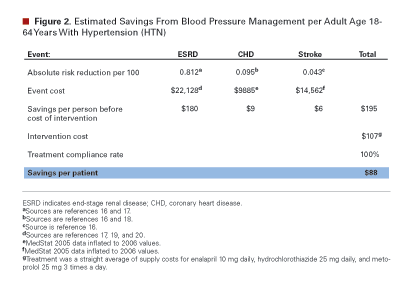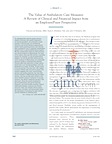The subtitle of this article might be, “what performance measures should employers be tracking and paying for in ambulatory care”
The article was passed to me by Sophia Chang, MD, at the California Healthcare Foundation, who has been advising and supporting on our Connectivity for Californians work, and is a nice economic study of 62 performance measures used in specialty recertifcation program and pay-for-performance initiatives.
The measures will look familiar to anyone who works in quality improvement – everything from blood pressure management, to retinal eye screening, all the way through to some measures that have less data associated with them, such as “plan of care for hypertension.” What the authors did was grade the evidence of effectiveness, add cost and benefit data based on meta-analyses and derive a “savings per patient” for each measure.
There are a few critical assumptions made, including full adherence to therapy (they used the term “compliance” which is no longer recommended), and most importantly, no quantification of indirect costs. In other words, this is not a study of presenteeism, only direct medical costs.
What came out near the top of measures with the most impressive savings profile? Hypertension management. Here’s the detailed analysis:

This study has a specific informative value in my mind – which is to encourage employers’ engagement around the performance measures that will likely result in a return on investment for them. This is not a call to action for the health system to reorient its priorities for maintaining community health. I think the idea is that if an employer has an interest in promoting efficient use of the health care dollars they spend on behalf of employees, an analysis like this provides an idea of where to start.
Incidentally, when I did the same analysis using my own literature review, but without the complex analysis employed here, I came to the exact same conclusion around hypertension, which surprised me. I thought I would become an expert in remote monitoring of congestive heart failure or coronary artery disease. The data led me a different way.
See what you think.
